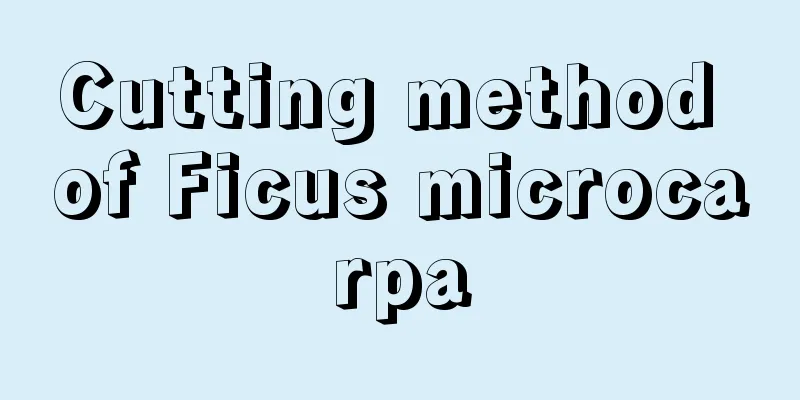How to graft the Falling Flower Dance

The first step of grafting the Falling Flower Dance: choosing the rootstockMeasuring rulerThe triangular prism, also known as the three-edged arrow, is a universal rootstock. It is basically compatible with most cactus plants, and the grafting survival rate is as high as 99%. Many flower lovers use it to graft the Fallen Flower Dance into their own gardens. It will grow very well! Leaf CactusAlthough leaf cactus was introduced for cultivation from South America and other places, it can grow well in many places in my country. Flower lovers have also discovered that it can be used as a rootstock! So, in addition to growing beautifully on the balcony, it can also help you graft a fresh pot of Fallen Flower Dance! Grafting method of Falling Flower DanceTop connectionWhen using a triangular arrow as an anvil, it doesn't matter whether it is tender or old. For a tender triangular arrow, you can cut a horizontal cut from the top to expose the pith. Generally speaking, the smaller the pith, the better. Make a light cut vertically downwards from anywhere inside the pith. The selection of scion is extremely important. Be sure to choose a narrow and thick stem and leaf from a mature plant, two or three pieces will be enough. Such leaves are easy to cut, and can be lightly cut from bottom to top to form a wedge shape with one cut. Quickly insert the cut leaves into the three-edged cut, and then secure them with the cactus thorns. Side edge connectionWhen joining from the side edge, be sure to insert the knife from the thorn seat and cut towards the center at a 45° angle. Cut gently to avoid cutting through the pith. When inserting the small crab from the incision, be sure to insert it deep into the pith. If the rootstock is too thick to reach the center, that's okay. Because the areole is also on the pith in the middle of the pith channel, the purpose of cutting at a 45° angle is to allow the formation of the Dance of Fallen Flowers and the cambium of the rootstock to be intertwined, so that the combination of the two is very good. |
<<: What to do if the Falling Flower Dance doesn't bloom
>>: How to propagate the Falling Flower Dance
Recommend
How to plant six times more seeds
1. Sowing time When sowing Hexapod seeds, you mus...
What to do if the leaves of bromeliad change color
Reasons for Bromeliad Leaf Color Change The leave...
How to water Lithops
1. Spring watering In spring, Lithops grows and d...
These 10 kinds of smoking flowers are specially designed to treat secondhand smoke. The more you take care of them, the healthier you will be!
Schefflera Schefflera, also known as Duck's F...
Celery Refrigerator Germination Method Celery Germination Temperature and How Many Days
Celery Seed Germination Conditions The biggest pr...
How to make elm bonsai
Preparation When making elm bonsai, you need to d...
Diseases and Pests of Superbus Superbus and Their Control
Root Rot of Superbus and Its Control Root rot is ...
Cultivation methods and maintenance of old hydrangea piles
How to grow hydrangea into an old tree The planti...
How to save seeds of silkworm grass
How to get silkworm grass seeds Cordyceps sinensi...
How to prune the branches of the fortune tree and how to deal with the fortune tree after pruning
1. How to prune the fortune tree to create branch...
What is the best month to plant mid-late-ripening watermelons?
When to plant mid-late-ripening watermelons Gener...
What to do if azalea is frozen
1. Leaf beating Because of the cold, the leaves a...
How to deal with aloe vera turning brown
1. What is the reason The reason for this phenome...
The beauty of Trachelospermum
What is Trachelospermum officinale First of all, ...
How to breed the Queen Ruyi
Reproduction method Propagation is by sowing and ...









